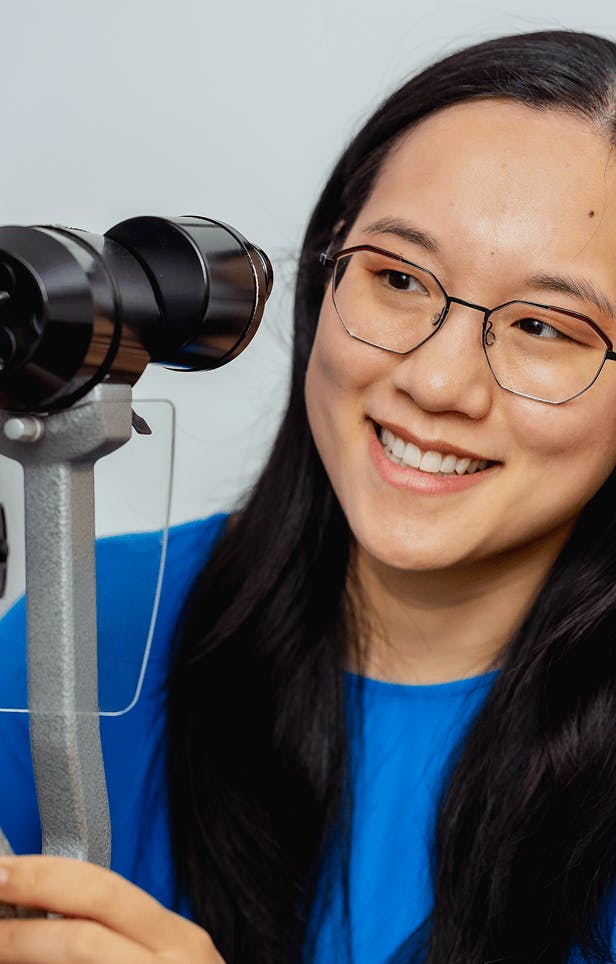There are lots of eye diseases that make the eyes pink (or red). Distinguishing superficial, temporary problems from potentially blinding disease can be challenging with infants and small children. Dr. Lichtenstein has diagnosing and treating babies and children with "pink eye" for over a quarter of a century. That's a lot of pink eyes.
Classic Pink Eye Symptoms
- Pinkish or reddish eye color
- Eye discharge (clear, white, or yellow; watery or thick)
- Burning and itchy
- A feeling of grit in the eye
- Achy eyes
- Puffy eyelids
- Slightly blurry vision
- Minor light sensitivity














